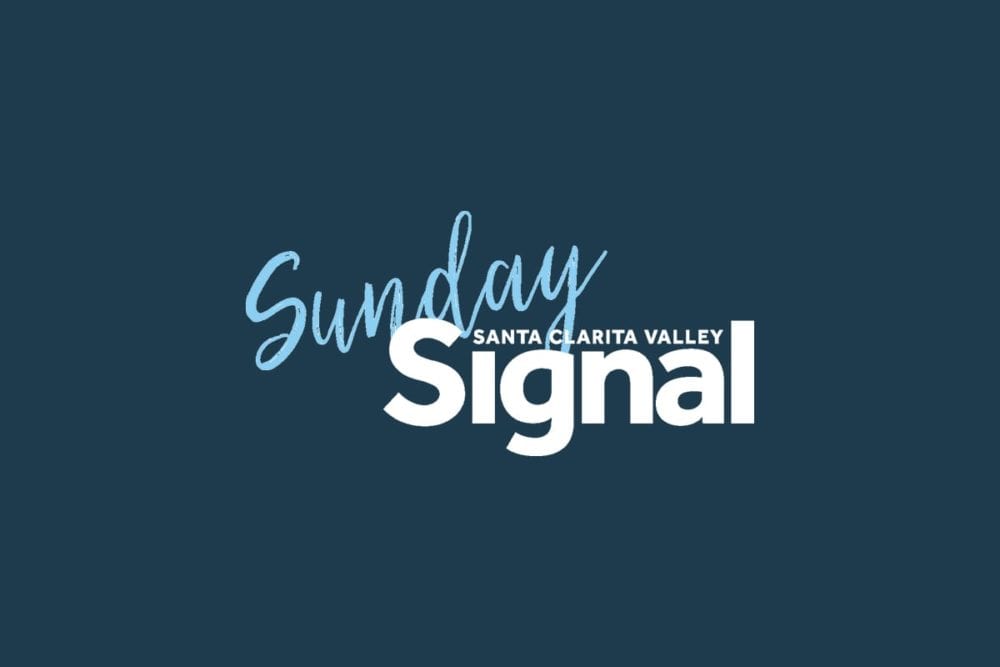Easter is the most important day of the year on the Christian calendar. A celebration of the Resurrection of Jesus Christ, Easter commemorates the very core of the Christian faith. So it comes as no surprise that such an important day is steeped in tradition.
Easter traditions such as Easter Sunday Mass are widely known. But there are many unique Easter traditions across the globe that, while they may not be as widely known, illustrate the power of this very special day in the Christian community.
India
India may not be the first nation to come to mind when thinking of countries in which Christianity has a strong foothold. And while only a small percentage of people in India identify as Christian, Easter celebrations in the country are elaborate.
For example, in the small state of Goa, Easter celebrants host carnivals and exchange gifts with fellow Christians. Those gifts include the Holy Cross, which is exchanged after Easter church services have ended. Such services are then followed by Easter parties, where families and friends gather and break bread together, much like Christian celebrants do in other parts of the world.
Italy
Residents of Florence celebrate Easter Sunday with a genuine flash. In a tradition that dates back several centuries, Florentines load a cart with fireworks before exploding it outside the famed Florence Cathedral.
Europe
Many European Christian communities burn an effigy of Judas Iscariot as part of their Easter celebrations. Christians believe the apostle Judas betrayed Jesus Christ, a betrayal that led to Christ’s crucifixion. Despite some groups denouncing the burning of Judas as anti-Semitic, the practice continues in many countries.
Spain
Holy Week commemorates the entire week preceding Easter Sunday, including Holy Thursday and Good Friday. In the Spanish town of Verges, Christians commemorate Holy Thursday by reenacting scenes from the Passion, which refers to the short period at the end of Christ’s life. The “Dansa de la Mort (Death Dance)” is part of that commemoration, and during this dance, participants dress up like skeletons.
Easter celebrations across the globe are steeped in tradition, including some that might surprise even the most devout Christians.
Symbols
Tradition plays an important role in Easter celebrations for many families. Cherished traditions and symbols of Easter may include anything from egg hunts to lilies to lambs. Understanding the importance behind these symbols can make sharing the miracle of Easter that much more special.
Eggs
Eggs are one of the more recognizable symbols of Easter. For Easter egg hunts, eggs are hard-boiled and decorated in bright hues. It’s believed that the origins of Easter eggs are both secular and religious. From the secular (once pagan) perspective, the egg is an ancient symbol of new life, according to The History Channel, and has been associated with pagan festivals that celebrate spring. Some Christians feel that Easter eggs represent Christ’s emergence from the tomb and his subsequent resurrection. Eggs were once a food not consumed during Lent, therefore painting and decorating them to mark the end of fasting and penance became a way to celebrate Easter.
Crucifix
The crucifix is one of the central symbols of Easter and Christianity. The cross is a symbol of Christ’s crucifixion and sacrifice. The crucifix also highlights the ability of God to give new life to people after death.
In addition to wearing and displaying the cross during Easter, some people bake “hot cross buns” as another symbol of the season.
Rabbit
The Easter bunny is very much a secular symbol of the holiday, but one that has become so ingrained with the season that many people ascribe to it a Christian meaning. Pagan celebrations of spring often linked rabbits or hares with the season because of their fertility and ability to bring forth new life. According to the Christian living resource Crosswalk, believers associate the rabbit coming out of its underground home as a symbol of Christ emerging from the tomb.
Lilies
Lilies are often exchanged during Easter celebrations or presented as hostess gifts for those sharing the holiday meal with others. The American Bible Society says lilies grow in the spring around the time when Easter is typically celebrated. Also, because they look like trumpets, they can be a symbol that heralds Christ’s resurrection.
Lamb
The lamb is another symbol associated with Easter. Lambs were originally associated with the Jewish holiday of Passover, when lambs were sacrificed and their blood was used to mark which houses contained those faithful to God. As a result of his crucifixion, Christ became the symbolic lamb for all — the ultimate sacrifice. In fact, Christ is often referred to as “The Lamb of God.”
Easter is replete with many recognized symbols. Unearthing their meanings can be a learning experience and a way to further immerse oneself in this holy holiday. (MC)













